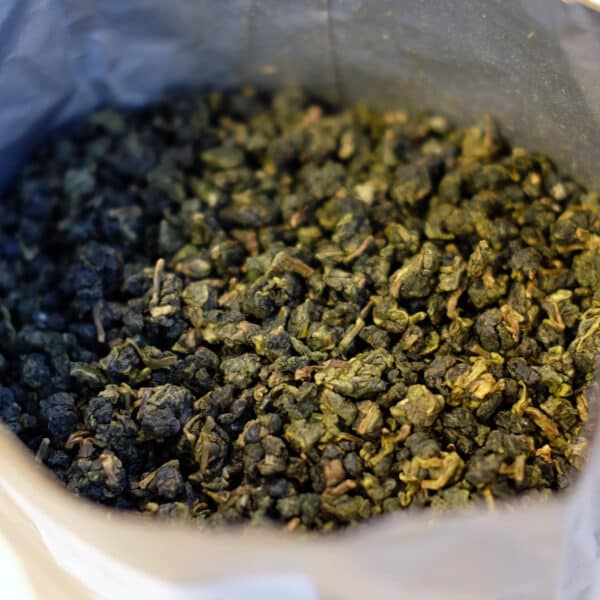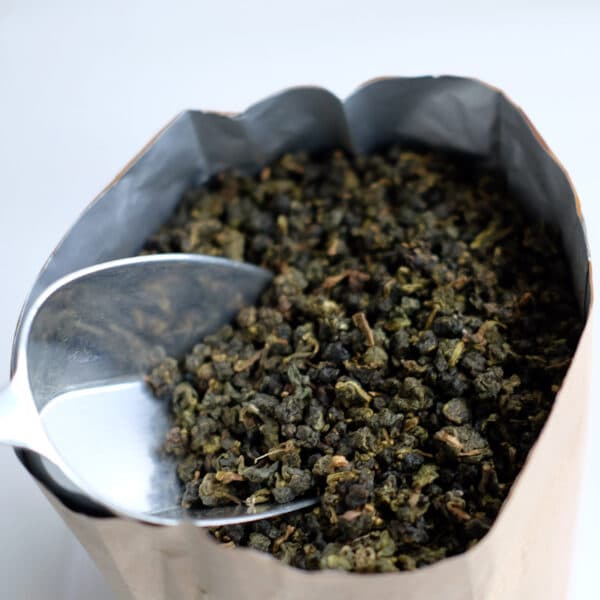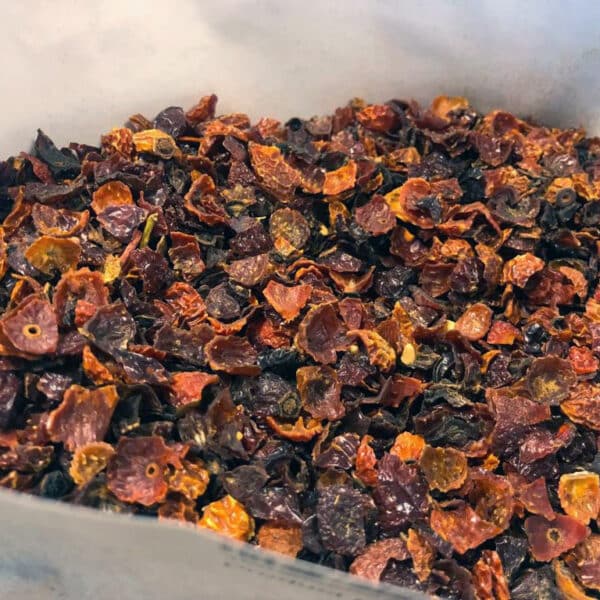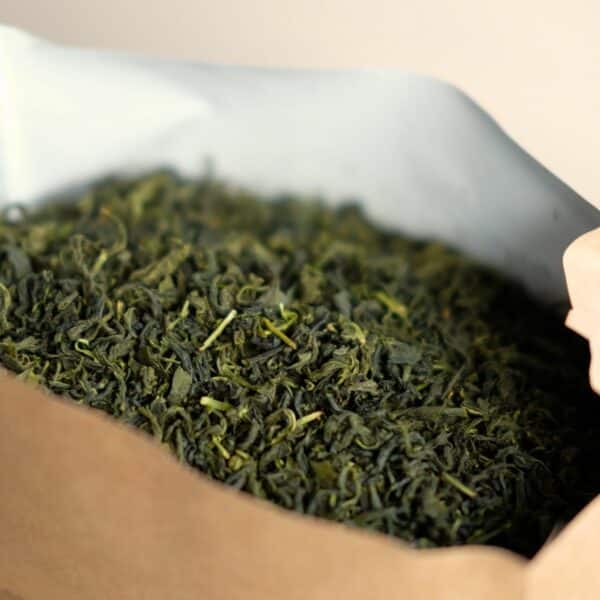At Thee.be, it has long been the favorite of our tea sommelier, Steffi Vertriest. Not only for the unique profile of this tea but also for the story behind it. In Steffi’s words: “Sun Moon Lake tea is like drinking a piece of history in a cup.”
History of Sun Moon Lake tea and the cultivar
Sun Moon Lake tea has a rich history closely linked to the development of tea culture in Taiwan. The origin of this tea dates back to the period of Japanese rule over Taiwan, from 1895 to 1945. During this time, Taiwan was an important economic region for Japan, and the Japanese aimed to expand Taiwan’s tea market to compete with other tea-producing countries such as India and Ceylon (now Sri Lanka) – Japan itself predominantly grows green tea.
In the early 20th century, the Japanese introduced the Assam tea plant (Camellia sinensis var. assamica) from India, specifically to the Sun Moon Lake region. This area, with its fertile soil, high altitude, and mild, humid climate, proved to be an ideal location for cultivating this variety of black tea. The Japanese government established large-scale plantations and created new tea varieties suitable for export to Japan. This was a strategic move to reduce dependence on imported tea and produce high-quality black tea within their own sphere of influence.
After the end of Japanese occupation in 1945, the Taiwanese government took over the tea businesses and continued developing black teas, including Sun Moon Lake tea. The region became a significant center for tea production, and new hybrid cultivars were developed that combined the traits of Assam tea with local tea varieties. One of the most well-known of these is Hong Yu, also known as Ruby Red #18, a cultivar developed by the Taiwanese Tea Research and Extension Station (TRES). This cultivar is famous for its distinctive flavor profile with notes of cinnamon, mint, and plum, and contributes to Sun Moon Lake tea’s reputation as a premium black tea.
The introduction of the Assamica variety and the development of unique Taiwanese teas like Ruby Red have made Sun Moon Lake tea famous worldwide. It is now considered one of Taiwan’s best black teas, appreciated for its rich flavor and complex aromas, and continues to be an important product in both the local and international tea markets.
A unique cultivar
Sun Moon Lake Ruby Red tea has been refined and improved over more than 50 years. This tea is a cross between the indigenous Camellia formosensis (a remarkable and unique relative of Camellia Sinensis Sinensis) which was used by the Taiwanese aboriginals before colonial times, and Camellia assamica, originating from Burma. Unlike many other tea cultivars, which are often developed for higher yields and pest resistance, Ruby Red was developed solely for its extraordinary flavor.
Indian black tea (Camellia sinensis var. assamica) is usually distinguished from Chinese black tea (Camellia sinensis var. sinensis) by its stronger and more malty taste, making it popular with those seeking an energy boost. In contrast, Chinese black tea tends to be softer and more complex in flavor.
Although Sun Moon Lake tea is partly made from assamica, it offers the softness of a Chinese black tea combined with a unique flavor found nowhere else. The production of Sun Moon Lake tea is highly labor-intensive, and the yield is low, meaning that demand often exceeds supply. This makes the tea difficult to obtain.
Ingredients
Black tea
















Reviews
There are no reviews yet.